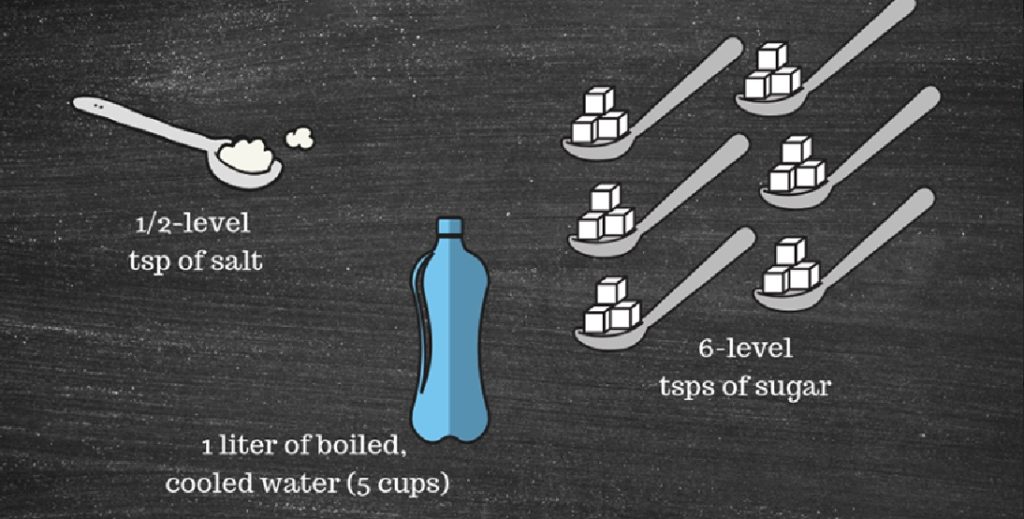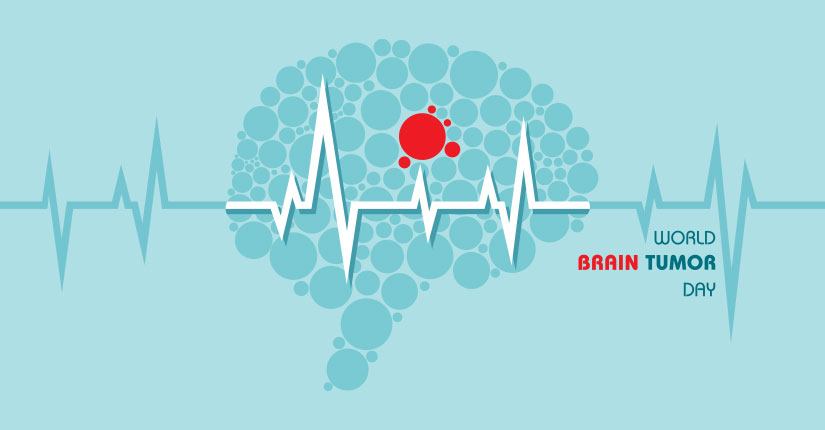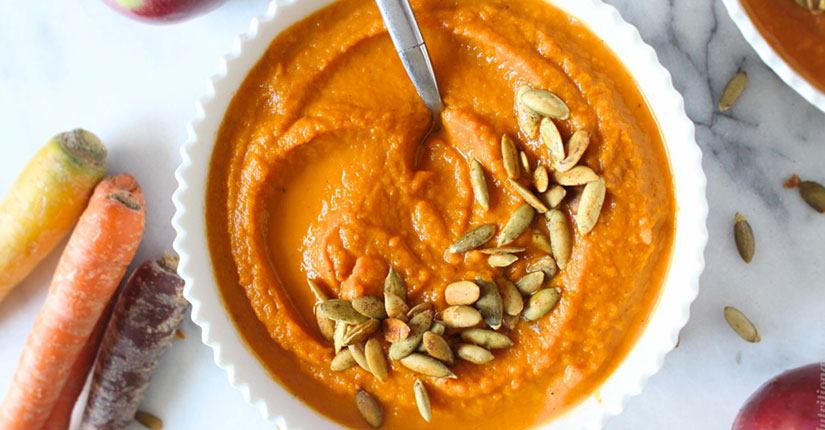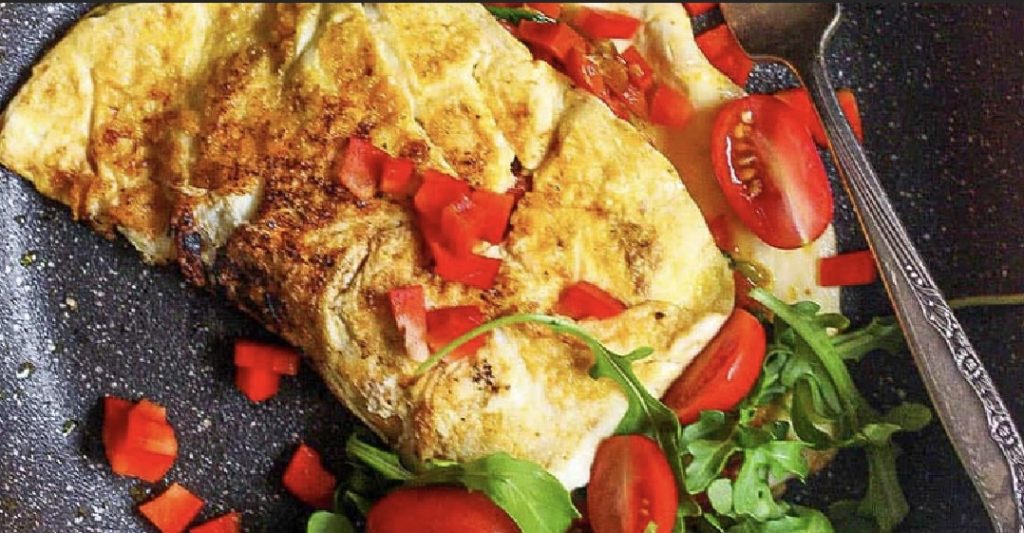5 Ways to Improve Nutritional Quality?
By Nmami Agarwal 31-Jan 2021 Reading Time: 5 Mins

Today’s consumer has developed insight into the kind of food that they consume. But, the question that remains is, if the nutritional value of the food was kept intact at the time when it was eaten? Or how can you increase the nutritional value of the food that you already consume? Understanding the ‘What’, ‘When’ and ‘How’ of eating food is extremely important to reap the utmost benefits from it. The nutritional value isn’t just restricted to having the food raw or cooked. It has more in its store.
As you cook, bite, chew and digest the food, you develop a series mechanical and chemical that has an impact on:
- The nutritional content on the food
- The extent to which it can be absorbed by the body.
This is indicative of the fact that some nutrients are best available when foods containing them are consumed raw. But some nutrients are made available when the foods having them are broken, cooked, crushed or consumed along with other foods.
To understand this better, below are the 5 ways in which get most nutrition from your food:
Eat water-soluble and foods that are sensitive to heat, raw.
Vitamin B1, B5, folate and vitamin C are better consumed raw as heat breaks them up. Hence, foods like:
- Sunflower seeds, beet greens, peas and Brussels sprouts are excellent sources of vitamin B1.
- Broccoli, cauliflower, kale and avocados are great sources of vitamin B5.
- Green leafy vegetables like spinach, kale, and turnip greens contain folate.
- Vitamin C is found in abundance in bell peppers, broccoli, and Brussels sprouts.
They are best eaten raw in order to maximize the absorption of water-soluble nutrients.
Know what foods to cook.
While cooking leads to significant nutrient loss, some foods actually deliver more nutrients when cooked. For instance, cooking increases bioavailability of lycopene, found in tomatoes by 25%, the beta carotene found in tomatoes, carrots, sweet potatoes is also increased significantly, while some anti-nutrients found in grains and beans are also taken care of.
Pairing some foods can maximize nutrient absorption:
This not only improves the taste but also the nutrient absorption of the food. Few things to consider is:
- Foods that contain fat-soluble vitamin A,D,E and K with dietary fats help dissolve vitamins that are ready for absorption. Hence, think of combining sweet potatoes, eggs, mushrooms, spinach, broccoli, kale, and carrot with nuts and seeds, olive oil, coconut oil and avocado.
- Combine iron with vitamin C. So, foods like spinach, kale, lentils should be paired with strawberries, lemon juice, or chilli peppers.
- Pair iron and zinc with sulphur. As sulphur helps in binding these minerals hence, better absorption. Foods like liver, beef should be pair with garlic or onions.
Don’t opt frozen.
Eat locally sourced, fresh fruits and vegetables instead of consuming frozen, as it impacts the nutritional quality of the food. Research shows that processing impacts 90% of the vitamin C content present in foods like broccoli. Hence if you can’t source it, go for cauliflowers instead.
Store the fruits and vegetables the right way.
While storing, keep the following things in mind:
- All vegetables, except with roots should be stored in the refrigerator.
- All fruits except for berries, should be stored away from direct sunlight and at room temperature.
- All the fruits and vegetables should be kept with a squeeze of lemon and in an air-tight container.
Over to you.
Eating right food and being mindful about this absorption is the right way of leading a healthy lifestyle. Follow the above ways to get the maximum out of the foods that you consume.





















